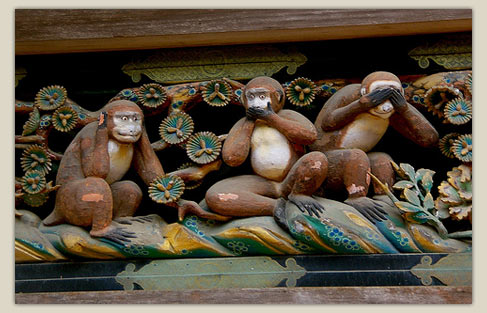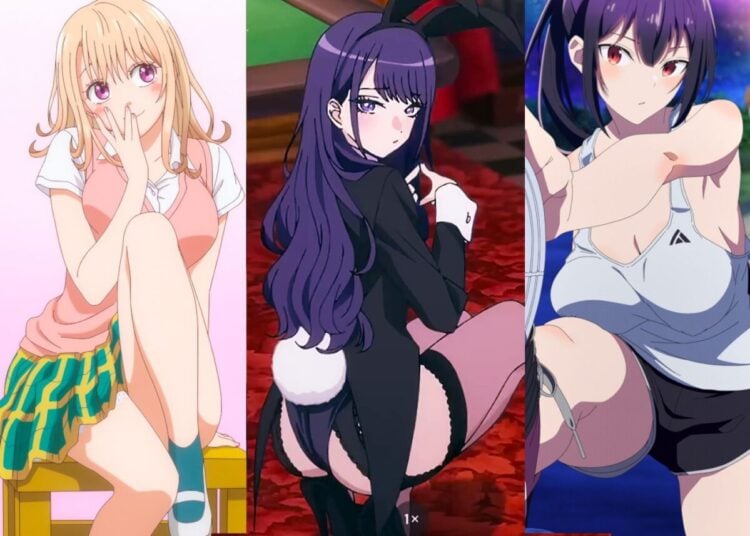All my life, I’ve heard the words “See no evil, hear no evil, speak no evil,” but I never connected the phrase with Japan particularly. Imagine my surprise when I went to Nikko Toshogu, a beautiful collection of temples about 100 km north of Tokyo, and saw the famous 17th century wood carving of the three monkeys respectively covering their eyes, ears and mouth. The phrase in Japanese is mizaru, kikazaru, iwazaru (do not see, do not listen, do not speak), and it’s partially a pun, since the -zaru verb ending sounds similar to the Japanese word for monkey, saru. Like most really old things, three wise monkeys originated from outside Japan, and there are variations of the monkeys and the message in many cultures. Incidentally, Nikko is just about the most beautiful place you can find in Japan outside the Kyoto region, and it should be at the top of your list of places to visit if you’re looking for something to do in the Kanto area. I love walking through the beautiful temples and going to the 5-story pagoda, which houses the bones of the single most famous Japanese person, Ieyasu Tokugawa, who unified Japan and ushered in the Edo Period.

The three wise monkeys, a famous image of Japan.














